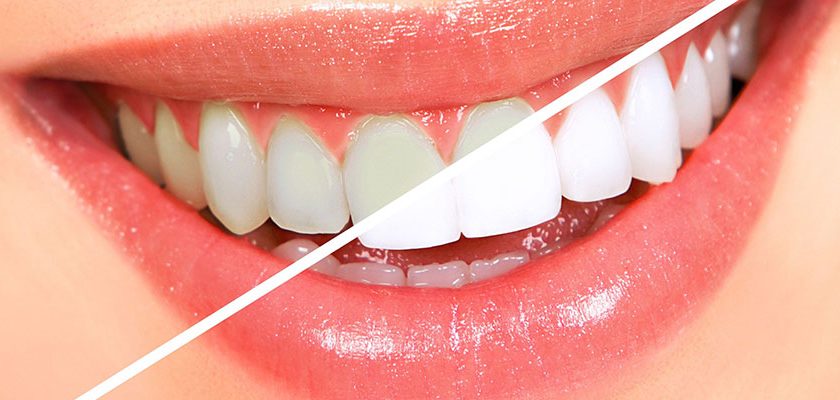Composite Veneer
Veneers; The similar feature of the composite lamina process with the porcelain lamina process is that it is applied to the front surface of the tooth. This process is a method of treatment performed by only roughening without tooth abrasion.
For the application of this procedure, it is sufficient for the patient to have tooth spacing, have small lead sizes, and not be satisfied with the tooth color. The biggest advantages are that it can return to its old teeth whenever it wants and it is not as costly as porcelain lamina or zirconium crown.
Composite laminate can be applied to 1 tooth, and can be applied to all teeth in the smile line. The disadvantage; Since the composite material is colored in long-term use, the patient should come to the polishing process when the physician deems appropriate. This is decided and applied as a result of regular daily oral care and 6-month dentist controls.
Porcelain Veneer
Porcelain Lamina is the most suitable treatment method especially for patients who care about visuality and naturalness. Lamina veneers are also called leaf porcelain due to their thin and fragile appearance as a leaf. It has a very solid structure after it is attached to the tooth.
Laminas are a treatment method applied as a result of roughening or a small amount of abrasion only on the front surface of the tooth as appropriate by the physician.
It is a suitable restoration method for patients who have aesthetic problems in order to compensate for the color changes of canal-treated teeth over the years, with enamel stains on the teeth, small crowding, size differences between teeth, and existing gaps.
After the cutting and measuring phase, it is fixed to the teeth with a special bonding agent as a result of 5-day proofing. Patients who have been treated with lamina can easily do biting and plucking procedures.
Thanks to daily oral hygiene and 6-month regular dentist controls, it can be used healthily for many years.

